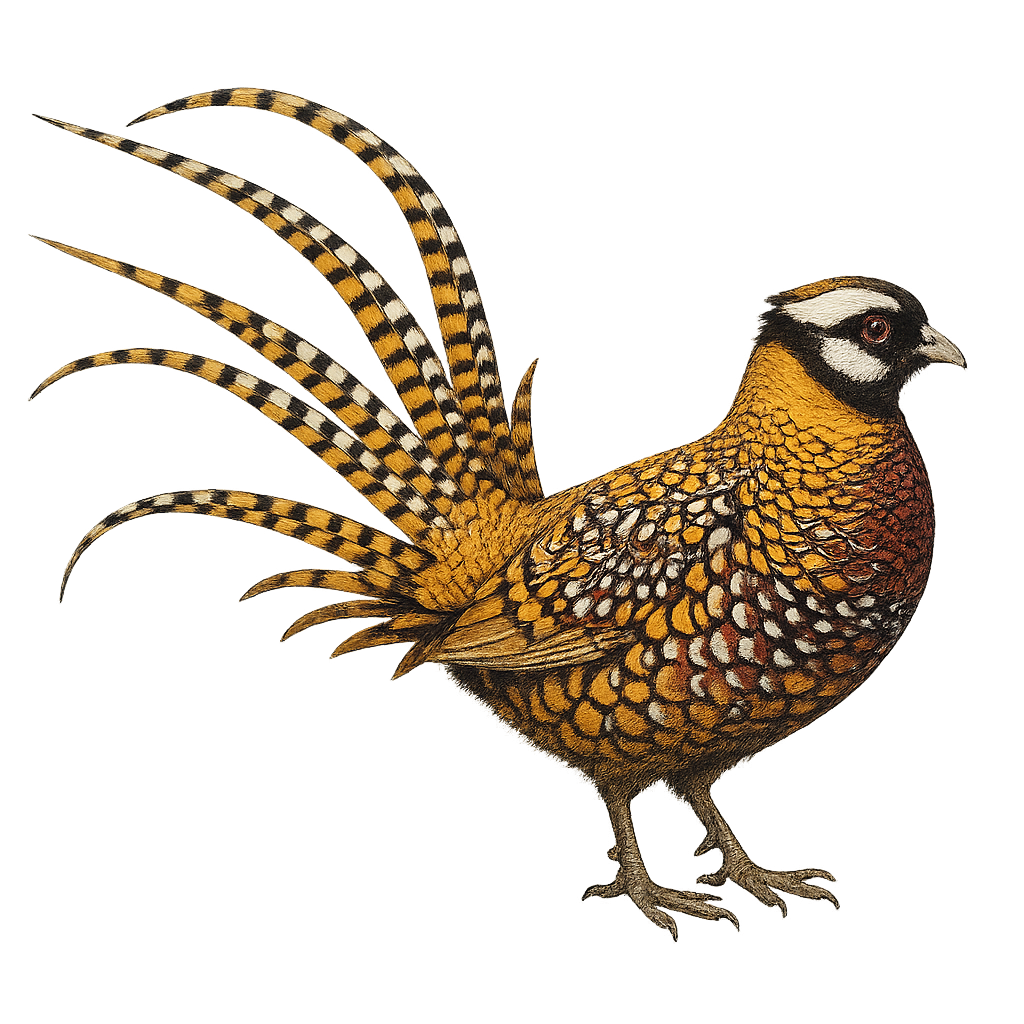Your wildlife photography guide.
Explore the reeves's pheasant in detail, study its behavior, prepare your shots.
Where to observe and photograph the reeves's pheasant in the wild
Learn where and when to spot the reeves's pheasant in the wild, how to identify the species based on distinctive features, and what natural environments it inhabits. The WildlifePhotographer app offers tailored photography tips that reflect the reeves's pheasant’s behavior, helping you capture better wildlife images. Explore the full species profile for key information including description, habitat, active periods, and approach techniques.
Reeves's Pheasant
Scientific name: Syrmaticus reevesii

IUCN Status: Near Threatened
Family: PHASIANIDAE
Group: Birds
Sensitivity to human approach: Suspicious
Minimum approach distance: 10 m
Courtship display: April to June
Incubation: 24-25 jours
Hatchings: May to July
Habitat:
Mixed forests, grasslands, mountainous areas
Activity period :
Primarily active during the day, with peak activity in the morning and late afternoon.
Identification and description:
The Reeves's Pheasant, Syrmaticus reevesii, is a striking bird known for its vibrant plumage and exceptionally long tail, which can reach up to 2 meters in males. Native to the mountainous forests of central China, it is often found in diverse habitats ranging from mixed forests to open grasslands. Its plumage is predominantly golden with black and white patterns, making it easily recognizable. Males are particularly noted for their spectacular courtship display, where they fan out their tails and showcase their vivid colors to attract females. Although primarily terrestrial, the Reeves's Pheasant can fly short distances to evade predators.
Recommended lens:
400 mm – adjust based on distance, desired framing (portrait or habitat), and approach conditions.
Photography tips:
To photograph the Reeves's Pheasant, it is advisable to use a telephoto lens of at least 400mm to capture the details of its plumage without disturbing it. Choose a location where the bird is likely to feed or rest, and be patient. Early morning or late afternoon provides soft lighting that highlights the bird's vibrant colors. Use a tripod to stabilize your camera and avoid sudden movements to prevent scaring it away.
The WildlifePhotographer App is coming soon!
Be the first to explore the best nature spots, track rutting seasons, log your observations, and observe more wildlife.
Already 1 439 wildlife lovers subscribed worldwide

